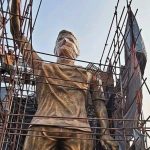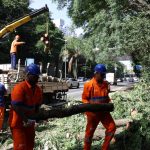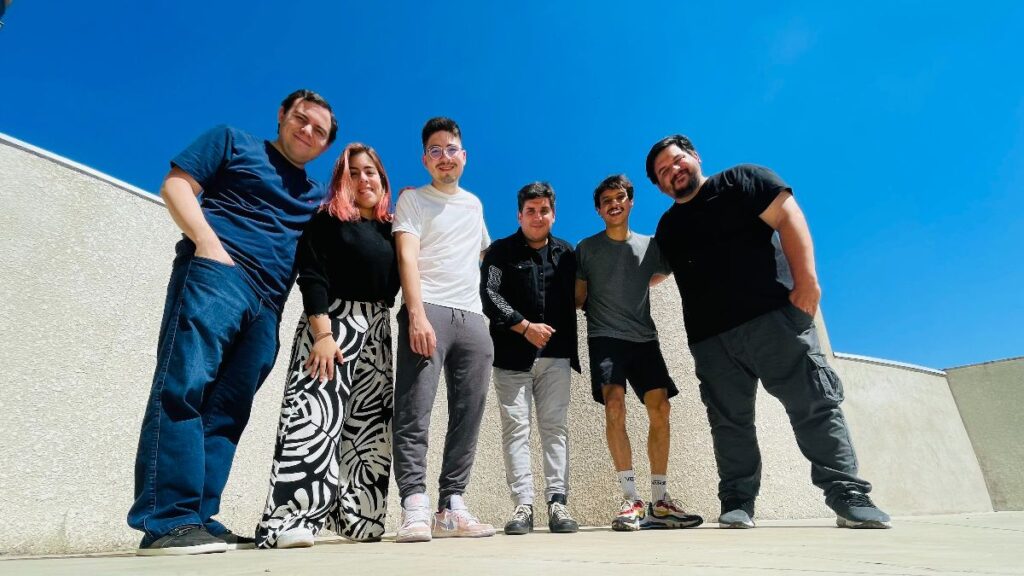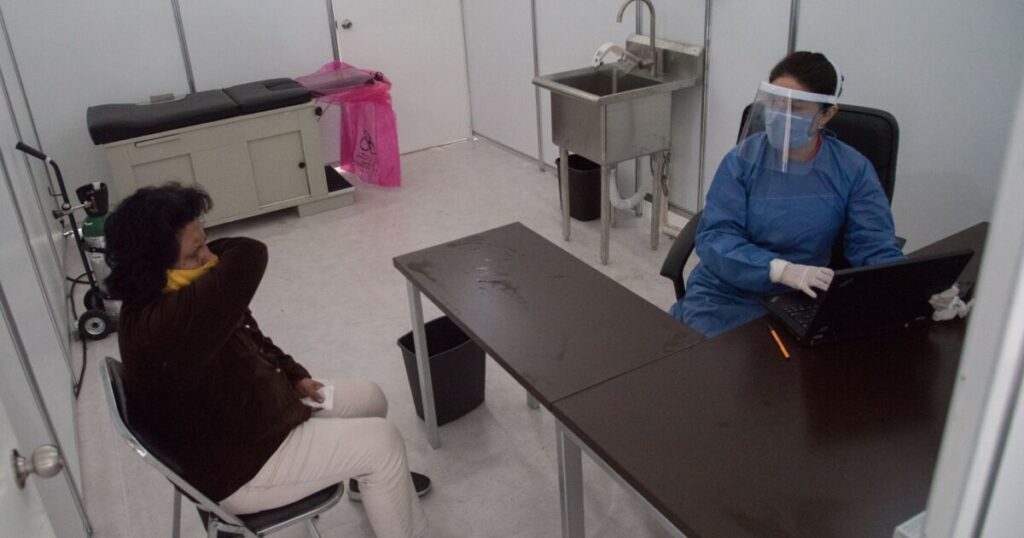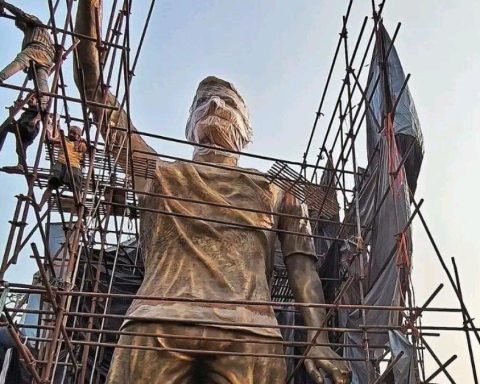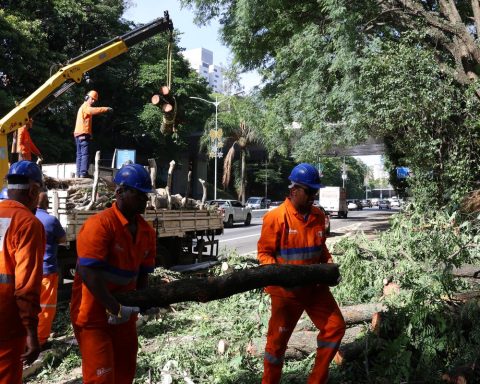Since last year, work has been carried out on the pre-feasibility study of the Fourth Electricity Transmission Line in Panama, through the Initial Technical Report (ITI), which had the “no objection” a few months ago from the Governing Body of the Public-Private Partnership (PPP).
The general director of the National Dispatch Center of Etesa, SA, engineer Carlos Mosquera, explained that the entity would pay for the project in 25 years, which means that it is long-term, however, he stressed that despite the investment of the project will be developed with private funds, Etesa will continue to be responsible for operating the National Interconnected System (SIN) through the National Dispatch Center.
When asked about the cost of the rate, Mosquera indicated that when the project is capitalized, it is when the rate is entered. “We don’t have to wait to pay the line, but we can be capitalizing that line before; as I capitalize, I pay and then I can capitalize and go to the rate,” he said.
Regarding the capacity of the Fourth Line, he explained that it would increase by nearly a thousand more megawatts, this in terms of the first phase, while in the second phase, it would go to voltage 500 and double with a capacity of 2,500 megawatts.
Mosquera also alluded to the issuance of bonds by Etesa, revealing that this will be done in accordance with the responsibility they will have regarding the payments of investments and projects.
“We have visualized with what we have to develop two or three years from now, that with the local bond it is not enough, probably in a year and a half to make the evaluation to see if we need to place new bonds, we normally do that every six months because this process at the international level takes time. Until now, in this period we have issued $175 million, in the previous period it was $300 million,” he specified.
This Fourth Electricity Transmission Line will have an extension of 330 kilometers between Chiriquí Grande and Panama. You will cross a part of the Ngäbe-Buglé comarca, then continue into a zone of tropical forest interspersed with deforested areas. It will continue through the north of the province of Veraguas, the northern area of Coclé and the district of Donoso, Colón, until it reaches Panama, where it will cross the Canal at a point already approved by the Panama Canal Authority.
The project seeks to increase installed capacity, improve the efficiency of the national interconnected system and will benefit final consumers of electricity, which currently total more than one million 200 thousand customers who have supply contracts with the distribution companies Naturgy (Edemet and Edechi). and ENSA.
With information from Enrique Arosemena.


